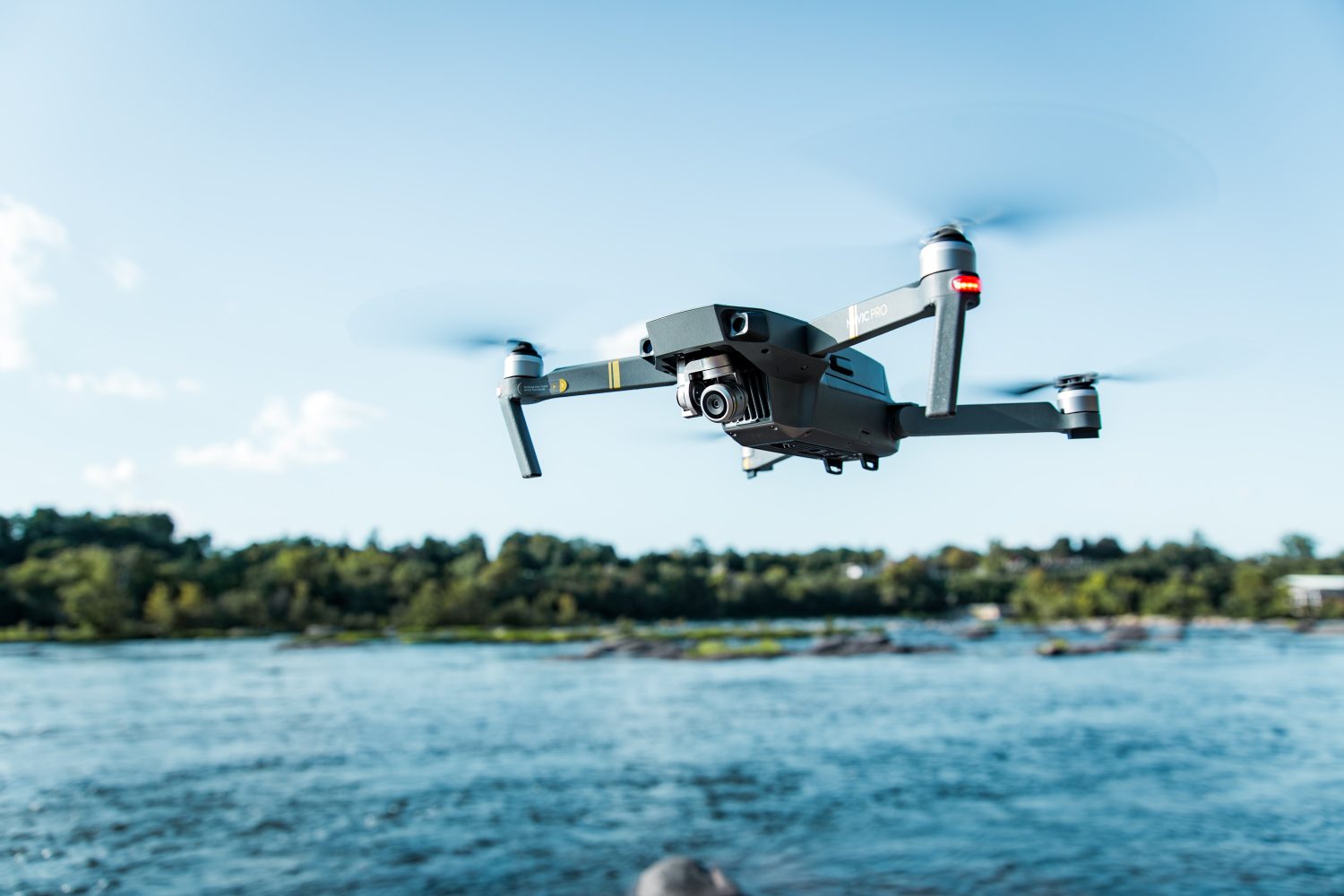
As part of the effort to strengthen its domestic UAV production for defensive deployment against Russia’s continuing invasion, Ukraine is testing a drone specially developed to accelerate and improve the detection and elimination of deadly landmines.
Ukraine forces are conducting flights in what amount to entirely nonsimulated test situations in areas strewn with landmines by Russian forces. The trials center on the domestically produced ST1 drone that, according to reports, accelerates the detection, mapping, and eventual neutralization process of buried munitions to four times the pace of human inspections.
The anticipated confirmation of the ST1’s reliability and effectiveness through additional testing is expected to prompt full-scale production and distribution of the drone to Ukraine troops specialized in landmine-clearing activities. In addition to the remotely piloted craft providing those forces a far greater degree of safety as they work, the UAVs could become vital assets to the nation’s efforts to locate and clear perhaps millions of mines Russia has sewn.
Ukraine could use all the help it can get in that Herculean task. Estimates updated earlier this year indicate that around 174,000 square kilometers – or up to 40% of the country – have been booby-trapped with the munitions.
Finding and eliminating the danger those posed to Ukraine citizens has become a major priority of officials in Kyiv – who would also doubtless welcome new and effective aerial tools for sweeping the minefields that have stalled the military’s counteroffensive in the east and south of the nation.
The ST1 may wind up granting their wishes. The drone is a surprisingly sophisticated innovation to have sprung from the Ukraine tech sector and economy that were virtually shattered following Russia’s invasion last year.
The automated quadcopter is equipped with an inductor coil and sensors, enabling it to fly low to the ground and avoid surrounding obstacles as it scans terrain for buried landmines. A powerful microchip aboard the drone immediately processes detection signals and transmits that to overseeing Ukraine troops, then stores accumulating data collected as part of evolving highly accurate maps.
The push to clear the ST1 for production launch and deployment dovetails with Ukraine’s stated desire to rely as much as possible on domestic resources to battle Russia’s invasion in a manner that also stimulates the economy.
That has led to the nation’s Army of Drones fundraising campaign to partially shift from initial priorities of buying deployment-ready foreign craft with moneys collected to financing the growing number of Ukraine companies that have begun developing and manufacturing UAVs locally.
Image: Karl Greif/Unslpash
FTC: We use income earning auto affiliate links. More.



Comments